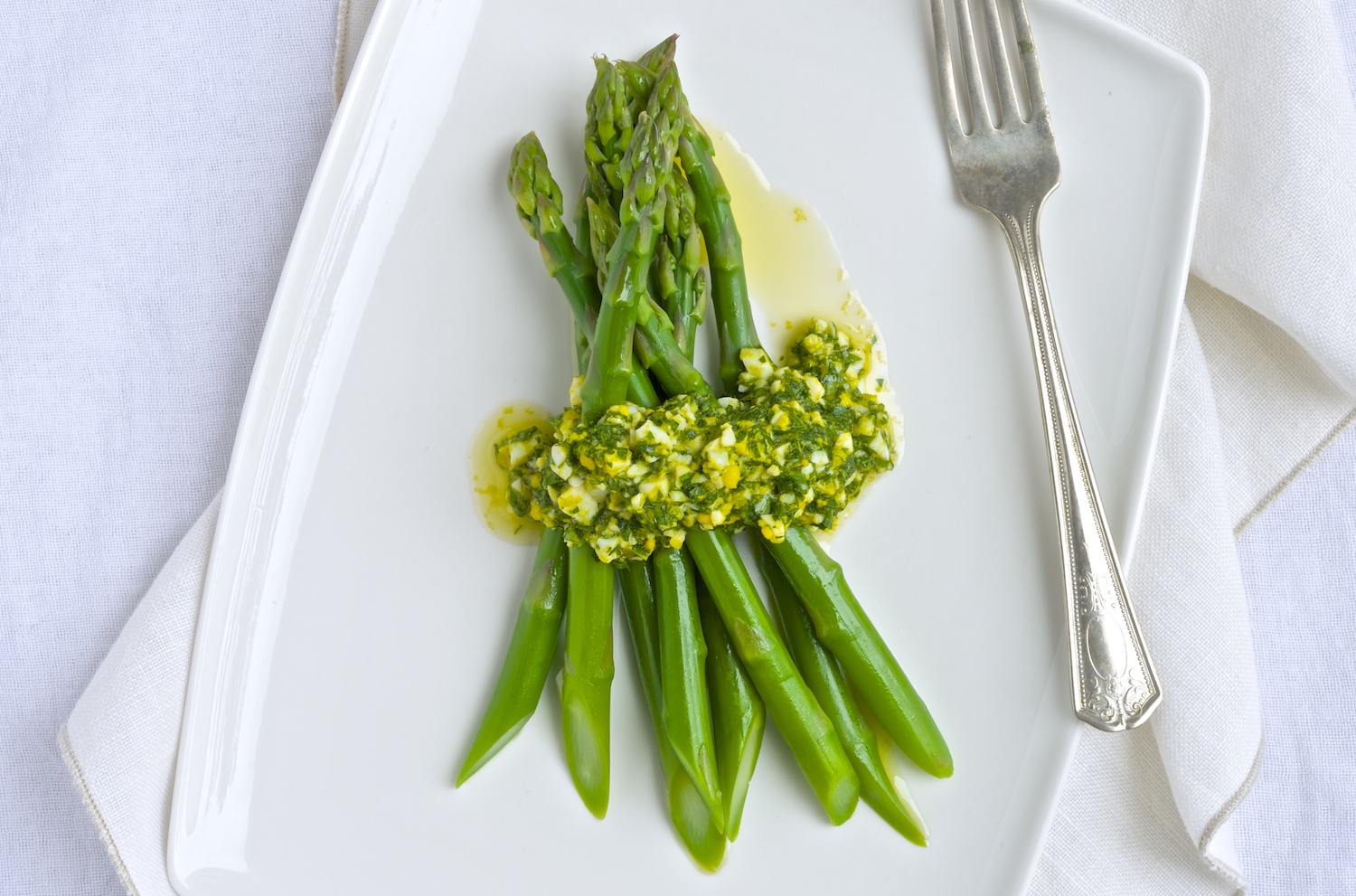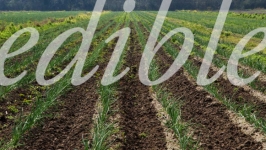Good Asparagus Hunting
In 1993, my Aunt Patsy introduced this former city girl to the sport of asparagus hunting. We left her house on a cloudy spring early evening and started what was to be my “maiden search” through the farmlands near Twin Falls. Time seemed to stand still as we hunted with Patsy’s three dogs following along behind us. It started to rain, but the minute we talked about going back, we’d see a few more stalks luring us to continue down the old country road. Euell Gibbons was right in using the term “stalking” to describe the hunt in his 1962 book Stalking the Wild Asparagus. It felt exactly like that to us. Patsy and I giggled as we stalked, for several hours, hearing the rain water squish out of our shoes.
Asparagus—or, as many Idahoans call it, “ditch weed”—has been growing wild along rural ditches in southern Idaho for a long time (although spraying herbicides to control weeds has certainly impacted that bounty). The plants prefer full sun and the well-drained soil the farm ditches provide. The first spring shoots are the most tender and high in nutrients, including calcium, iron and vitamins B and C.
Patsy and I came back to the house that evening sopping wet, but with bags of fresh, free stalks. We cooked up our bounty almost immediately and sat down to one of the best flavors spring has to offer, and one I had never encountered as a city girl. The sport has become an obsession for me since that night. Now, as spring arrives each year, I feel the urge to start searching, an almost automatic instinct. I feel I’m living in the moment, somehow comforted that I made it through another year to find those undiscovered stalks again.







